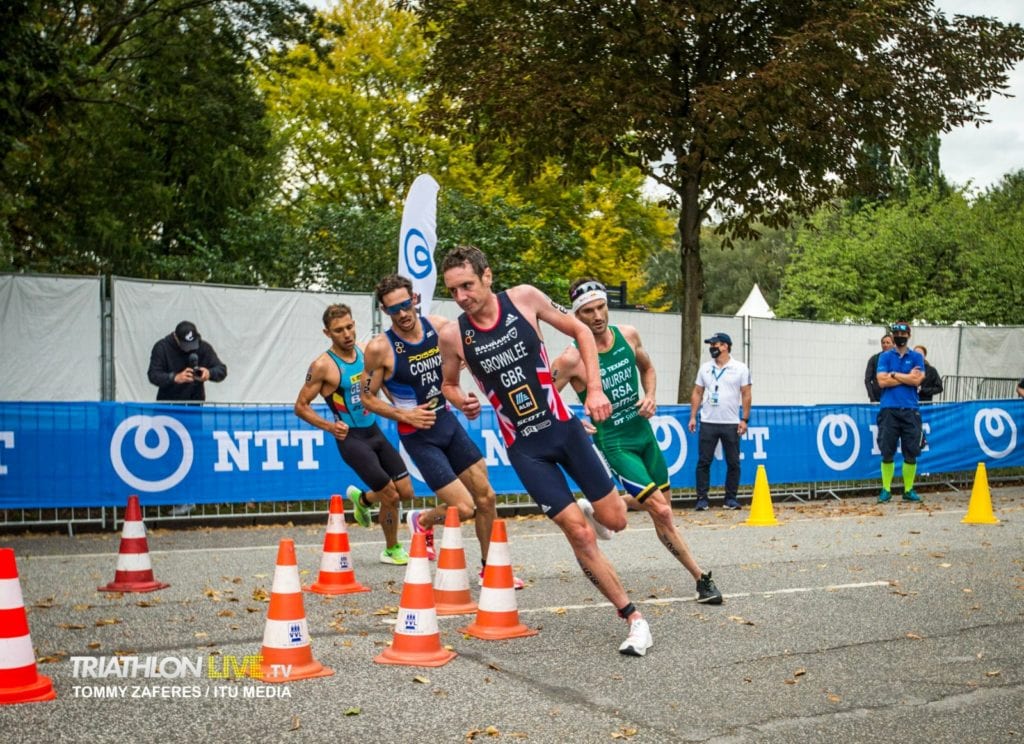5 tips to help you return to running
After taking time off from running, whether from injury or simply taking a break, it's important to progress gradually

Time away from running is sometimes needed. The constant pounding of your feet against the tarmac takes its toll on your body. With every kilometre of running, you make approximately 600 to 800 footfalls – depending on your stride length and running style. Given that each footfall is said to produce a force two to three times the weight of your body, that is a considerable amount of force being absorbed by shoes, joints, bones and muscles.
Related: Four painful consequences of running in worn-out shoes
With extended time away from running, our muscles and joints are not used to once the norm pattern of contractions. While cycling relies on primarily concentric contractions, running largely uses eccentric contractions.
Concentric contractions are when your muscle contracts while in a flexed position, or while shortening. Eccentric contractions are when your muscles contract while in an extended position. So, while running, during the footfall phase, the quadriceps are contracting while extending and contacting the ground. In cycling, the hamstrings begin to contract while shortening at the bottom of the pedal stroke (six o’clock position).

It’s these eccentric contractions that cause muscle damage and micro-tearing, and what the body and muscles adapt to when you’ve undertaken a running program.
Related: Exploring the limits of human performance
So when you return to running, be sure to take your time with your progression. While you may be in great shape after focusing on cycling or swimming, your body needs time to adapt. Here are three tips to running after time off;
- Ease into the routine of running and increasing your mileage. Especially if you are returning to running after an extended period of time off, you need to allow your body a chance to adapt. While it may seem normal to just start running out the door, consider doing a walk/run approach for the first week or two of your return to running.
- Establish a routine of warming up, stretches and cool down. Warming up with a few dynamic stretches and activation drills is always a good place to start. Even more so when resuming running. Taking five to ten minutes before your run to do a variety of activation drills and stretches will go a long way. After a run, doing a cool-down routine of stretches and rolling is also a good habit to get into.
- Try different terrains (softer terrains). Running on pavement all the time can be very unforgiving. Early on make sure to alternate and/or find some local gravel paths and trails. Even taking the time to run on grass will soften the impact on your legs and reduce the strain of eccentric contractions.
- Balance your training. As you begin to supplement your cycling and swimming with running, be wary of how much you do in each sport. Make sure to be aware of the intensity of each session and when recovery is needed.
- Set a goal a gradually work up to it with a plan. Goals are important as we return to activities. While now there may be no races, and none for the considerable future, brainstorm goals you would like to pursue. For example, improving your 5K time or doing an adventure run through the woods.
The moral of the story is to take your time coming back to running. It is harder on your body than cycling or swimming, and at long distances, it does require a steady and methodical progression. Just because you used to be able to do it, doesn’t mean you can just pick up from where you left off.

